ADA Compliance for Residential Landlords: What You Need to Know
Navigating the legal and ethical responsibilities of being a residential landlord can be complex, especially when it comes to adhering to the Americans with Disabilities Act (ADA). While technically the ADA applies more often to commercial properties, residential landlords are far from exempt from ensuring accessibility and fairness for disabled individuals. Legal requirements often overlap with the Fair Housing Act (FHA), meaning landlords need to stay informed and proactive to avoid costly mistakes.
This guide aims to help residential landlords, real estate investors, and property managers understand ADA compliance, tackle common challenges, and maintain inclusive properties for tenants with disabilities.

Why Does ADA Compliance Matter?
For residential landlords, creating an accessible and fair living environment isn’t just a legal obligation—it’s good business. Ignoring accessibility and equity standards can result in lawsuits, hefty fines, or reputational damage. Beyond the risks, prioritizing ADA compliance allows landlords to open their doors to a wider pool of tenants, creating a positive and inclusive living experience for all.
Challenges Residential Landlords Face
1. Reasonable Accommodations for Tenants with Disabilities
Ensuring housing is adaptable to the needs of disabled tenants can be a gray area for landlords. Examples of reasonable accommodations might include building wheelchair ramps, installing visual fire alarms for tenants with hearing impairments, or allowing service animals in no-pet properties.
However, the law often comes with boundaries, such as landlords not being financially responsible for structural modifications in certain situations. Understanding where your responsibilities begin and end is essential to compliance.
2. Equitable Treatment of Applicants and Tenants
The application process can unintentionally exclude or disadvantage disabled individuals. Examples include application processes that require in-person meetings without providing alternatives (such as online applications) or rejecting disabled applicants out of fear an accommodation request might be difficult or expensive.
Ensuring that all applicants and tenants are treated fairly and equitably—both during their application process and tenancy—is key to operating within ADA guidelines and avoiding discrimination claims.
Top Tips for ADA Compliance
1. Familiarize Yourself with Legal Requirements
Though the ADA is primarily focused on public and commercial spaces, residential landlords have overlapping responsibilities under the Fair Housing Act. The FHA prohibits housing discrimination based on disability and requires landlords to permit reasonable accommodations and modifications.
Examples of reasonable accommodations include:
- Reserving accessible parking spaces for tenants who are disabled.
- Allowing a tenant to install grab bars in a bathroom.
- Adding a wheelchair-accessible ramp to entryways in common building areas.
2. Ensure Accessibility in Common Areas
For multifamily properties, areas such as hallways, lobbies, laundry rooms, and parking lots must be accessible to tenants with disabilities. These areas should be easy to enter, maneuver in, and use for individuals with mobility challenges or other disabilities.
3. Have Clear Policies and Documentation
Create a written policy about reasonable accommodations to ensure consistency and transparency in addressing tenant needs. Your policy should clarify:
- What is considered a reasonable accommodation or modification.
- How tenants can formally request accommodations.
- The timeline and process you’ll follow when reviewing requests.
4. Stay Proactive with Property Modifications
Instead of waiting for tenants to request changes, consider proactively making your properties more accessible. Adding ramps, widening doorways, and using lever-style door handles are not only thoughtful but can help attract more tenants.
5. Keep Up with ADA and FHA Training
Stay informed about ADA and FHA compliance by investing in periodic training or consulting with legal professionals who specialize in housing law. This helps you stay updated on evolving regulations and ensures proactive compliance.
Striking the Right Balance
ADA compliance in residential real estate often requires landlords to walk a fine line between fulfilling legal obligations and balancing financial considerations. While landlords are not obligated to endure “undue financial burden” when undertaking accessibility improvements, many modifications and accommodations are often affordable when scoped properly. Strive for an approach that emphasizes fairness, understanding, and professionalism.
The Key Takeaway
ADA compliance goes beyond minimizing legal risks. It’s about ensuring equitable treatment for all applicants and tenants, creating accessible spaces, and fostering an inclusive culture in your rental properties.
If you’re unsure where to begin, start by reviewing your current policies, educating yourself on accessibility guidelines, and consulting with housing law experts. Accessibility is not just a legal duty—it’s an opportunity to make your properties stand out while contributing to a fairer and more inclusive rental market
